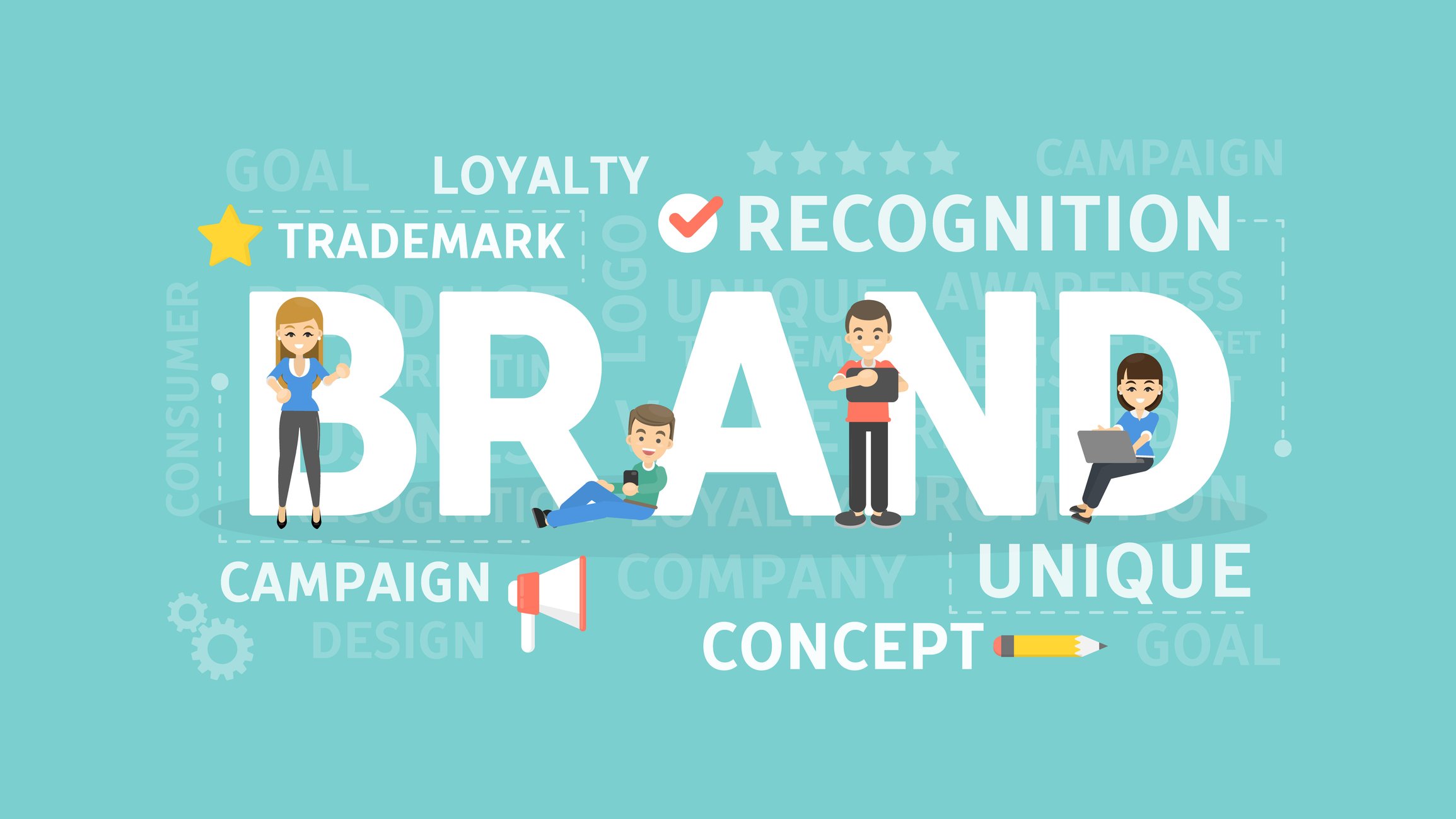Creating a strong brand can be an essential part of any successful business. But what does it take to create one? It’s not as simple as coming up with a great logo and tagline – there are several stages to the branding process, each requiring careful consideration.
This article will break down the key steps for crafting a unique and memorable identity that will help your business stand out from its competitors.
Establishing Your Brand Identity: Defining the Look, Feel & Message of Your Brand

When it comes to establishing the identity of your brand, defining its look, feel, and message is key. Once you know what you want your brand to represent, it’s time to begin creating the visuals that will help bring this vision to life.
This means selecting fonts for headlines and body copy, choosing colors that evoke certain emotions, and creating a distinct visual style for your business or product launch.
You’ll also want to craft messaging that is both relatable and unique enough to stand out in an increasingly crowded marketplace.
When done effectively these elements should come together in harmony representing the core values of your company while drawing attention from potential customers or clients.
Crafting a Unique Value Proposition for Your Target Audience
Creating a unique value proposition for your target audience is essential in the branding process to ensure success. It’s important to understand who you are targeting and what they want from your brand before crafting this message.
The key is to develop a compelling statement that resonates with the people it’s intended for, while also conveying its core values and competitive advantages over other competitors.
A successful value proposition should be concise yet effective, providing clear benefits or solutions while still allowing potential customers to envision themselves as part of the story you’re telling about your company. When developing content around this topic, it’s important to consider both tone and language.
You want something that speaks directly to individuals but isn’t too corporate-sounding or preachy; instead, aim for an approachable narrative with a personality that captures their attention without pandering.
Additionally, make sure there is enough variety in sentence structure so that readers don’t get bored – mix up short sentences with longer ones when appropriate and use words creatively where possible.

Developing an Engaging Content Strategy Across Multiple Channels
Developing an engaging content strategy across multiple channels is essential to the success of any branding process. Crafting compelling and unique content for each channel can help draw more attention to your brand while maintaining a consistent message throughout all platforms.
To create a successful multi-channel strategy, you need to understand what type of content works best on each platform and how to maximize its reach with creative tactics.
For example, visuals are key on social media sites such as Instagram or Pinterest where images and videos often stand out more than text.
Utilizing interactive elements like polls or gamification can also be effective in generating interest from users, especially if it’s tailored specifically to their interests.
Additionally, experimenting with different kinds of storytelling techniques — such as personal anecdotes or case studies — will give you insight into which methods resonate most with your audience.
Conclusion

The branding process can be a daunting task for any business, but understanding the stages of success is essential to getting the most out of it.
By identifying the target market and audience needs, developing a strong brand identity and message, creating engaging content across multiple channels, using digital marketing strategies to reach larger audiences online, and tracking results from those efforts regularly are all important steps in creating an effective branding strategy.
Working with a digital agency can help to ensure that each stage is properly managed for maximum impact on both short-term goals as well as long-term brand loyalty.
Ultimately, by taking the time to understand the various stages of successful branding processes, businesses will be able to create campaigns that not only achieve their desired outcomes but also strengthen their brands over time.




